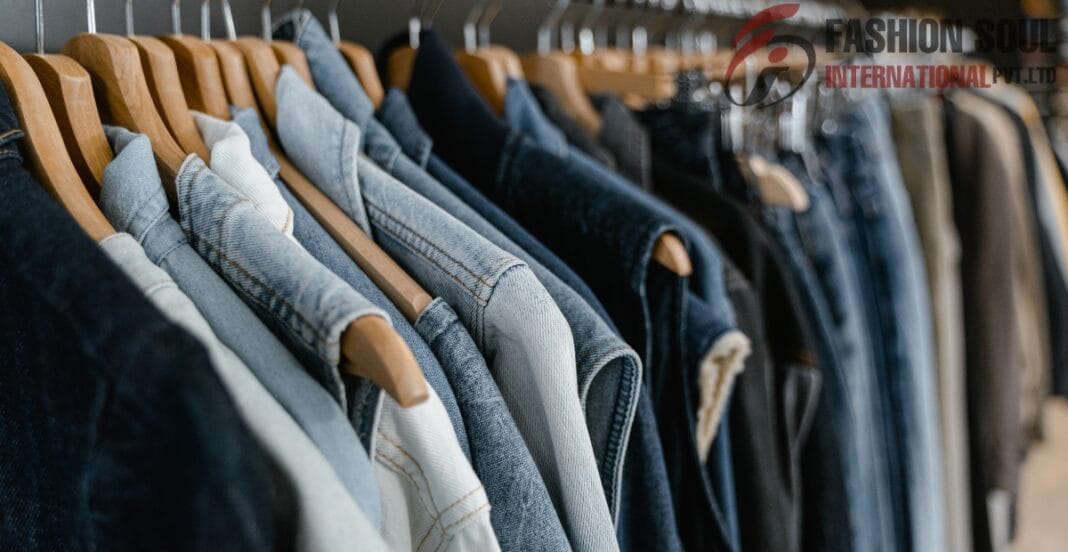Introduction: How Fabric Suppliers Are Shaping The Fashion World In 2025
The focus in 2025 will be on apparel fabric suppliers. These suppliers have shifted their position within the fashion supply chain from being just simple middlemen and have become vital players that help determine the shape, nature and workings of the entire fashion world. Due to the ever growing need for smart, ethical, and sustainable goods, brands have come to rely on their suppliers. The most attention-grabbing pieces of clothing in today’s modern world are made with the help of the right supplier. Apparel suppliers are setting trends, enhancing sustainability measures, improving traceability and solving long standing issues in the fashion industry. The first decade of the new millennium has taught socity that successful fashion starts with the right supplier and fabric, and not the vice-versa.
Table of contents
Sustainability First: Why Going Green in Eco-Friendly Fashion Starts With Apparel Fabric Suppliers
The green revolution in the fashion industry begins with the apparel fabrics suppliers. They are the ones that consumers look to when wanting to know the ‘who, what, and how’ behind a piece of clothing. Because of this, apparel fabrics suppliers are now adopting sustainable production methods, switching to eco-friendly dyes. Organic cotton, hemp, bamboo, and TENCEL fabrics are becoming more readily available. There is also a growing number of suppliers that are adopting chemical free, water-saving processes. With these changes, suppliers are also gaining GOTS and OEKO-TEX certifications. With these changes, suppliers are able to sustain the earth and garner the trust of brands and buyers. It is quite clear that these suppliers have taken the lead in the industry.
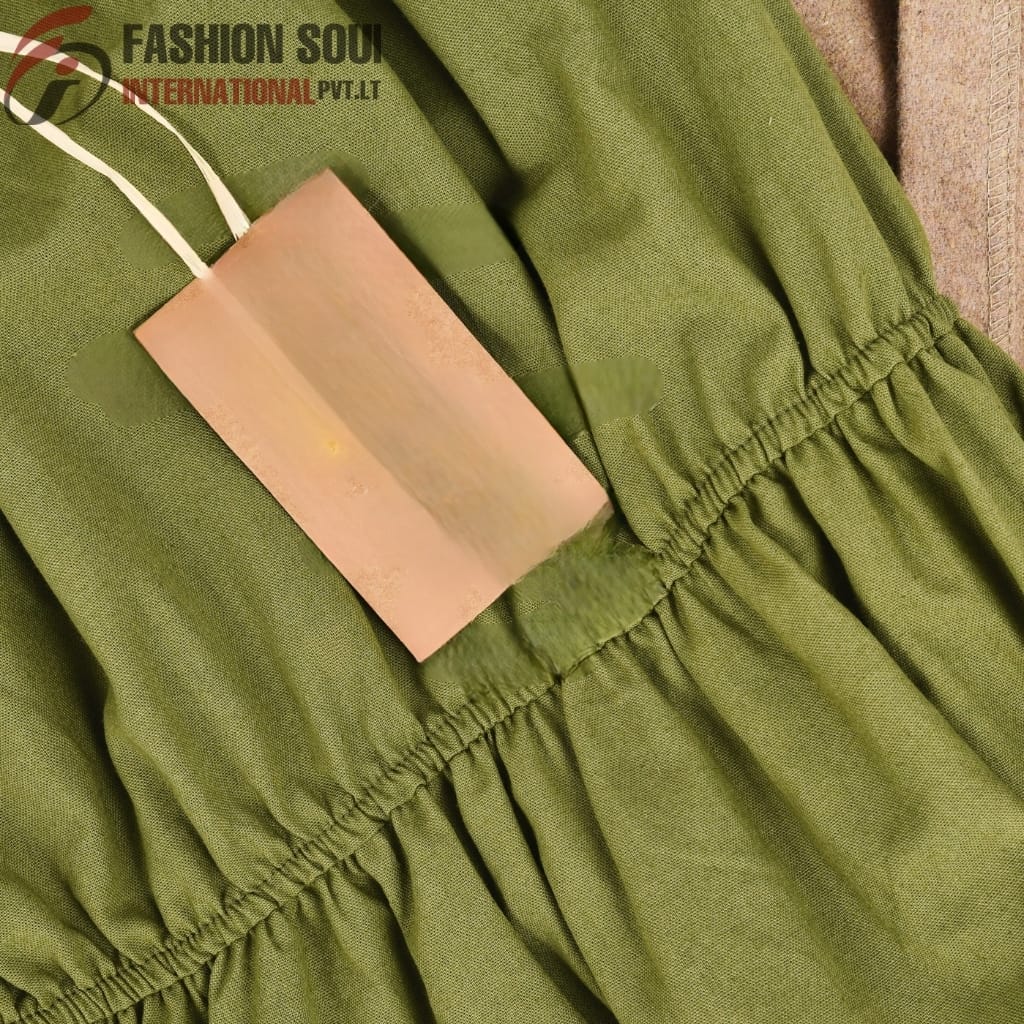
At The Forefront: Smart Technology By Apparel Fabric Suppliers
Smart textiles are the focus of the 2025 fashion culture, and once again, apparel fabrics suppliers are at the forefront. These suppliers are investing in high-tech materials that integrate nanotechnology, wearables, and performance features. Suppliers are going beyond providing clothing and are offering temperature-regulating fabrics, moisture-wicking yarns, and even UV-protective weaves. The surge in athleisure and techwear has increased the need for functional fabrics, and apparel fabrics suppliers are expanding the possibilities of clothing by merging fashion with function. Now, suppliers are expected to provide advanced functionality and not just aesthetic design to enhance the outfifs. These changes provide a daily boost to daily clothing wear while catering to fashion needs that are decades into the future.
Local Impact: Local Apparel Fabric Suppliers Achieve Global Recognition
Local apparel fabrics suppliers are starting to get noticed globally as of 2025. Countries such as Portugal, Turkey, India, and Vietnam have regional suppliers that are well known for their excellent handiwork and sustainable manufacturing. These suppliers know their local resources and cultural assets. Fashion brands prefer to source locally due to shorter lead times and less shipping emissions. Local sourcing also improves communication, quality control, and transparency. Regional apparel fabrics suppliers are adopting modern technologies while still holding on to traditions. These suppliers rise to meet global competition and, at the same time, infuse authenticity, quick response agility, and sustainability into the global fashion debate.
Niche Focus: Boutique Apparel Fabric Suppliers Deliver Unmatched Personalization
Modern Fashion is driven by personalization. Niche apparel fabrics suppliers succeed in limited markets by providing exquisite, scarce textiles. These suppliers offer small batch production, craft mastery, and traditional artisanal production. They know how to leverage the storytelling aspect of fashion. Indie designers and labels enjoy collaborations with boutique apparel fabrics suppliers for the imaginative freedom and the distinctiveness of the materials. In a world of uniformity, these fabrics add unique value that consumers desire. As clothing shifts from generic styles to more individualistic choices, boutique suppliers are essential to achieving the originality that larger mills cannot offer.
Fashion-Tech Partnerships: The Role of Fabric Suppliers in Co-Creating Collection Materials with Designers
Fashion is a collaborative activity today, and apparel fabrics suppliers are part of the co-creation partnership. They collaborate with fashion designers to make exclusive materials and collections. Whether it’s custom colorways, innovative weaves, or functional finishes, suppliers can do it all from the concept stage. This approach helps achieve perfect alignment between the garments and a brand’s vision. Designers get value-added technical knowledge while suppliers gain brand market insights. The outcome is true innovative fashion that is mutually advantageous. These partnerships make forward-looking collections that help both designers and suppliers remain ahead of trends. In 2025, creativity is fostered in the intersection of supply and design.
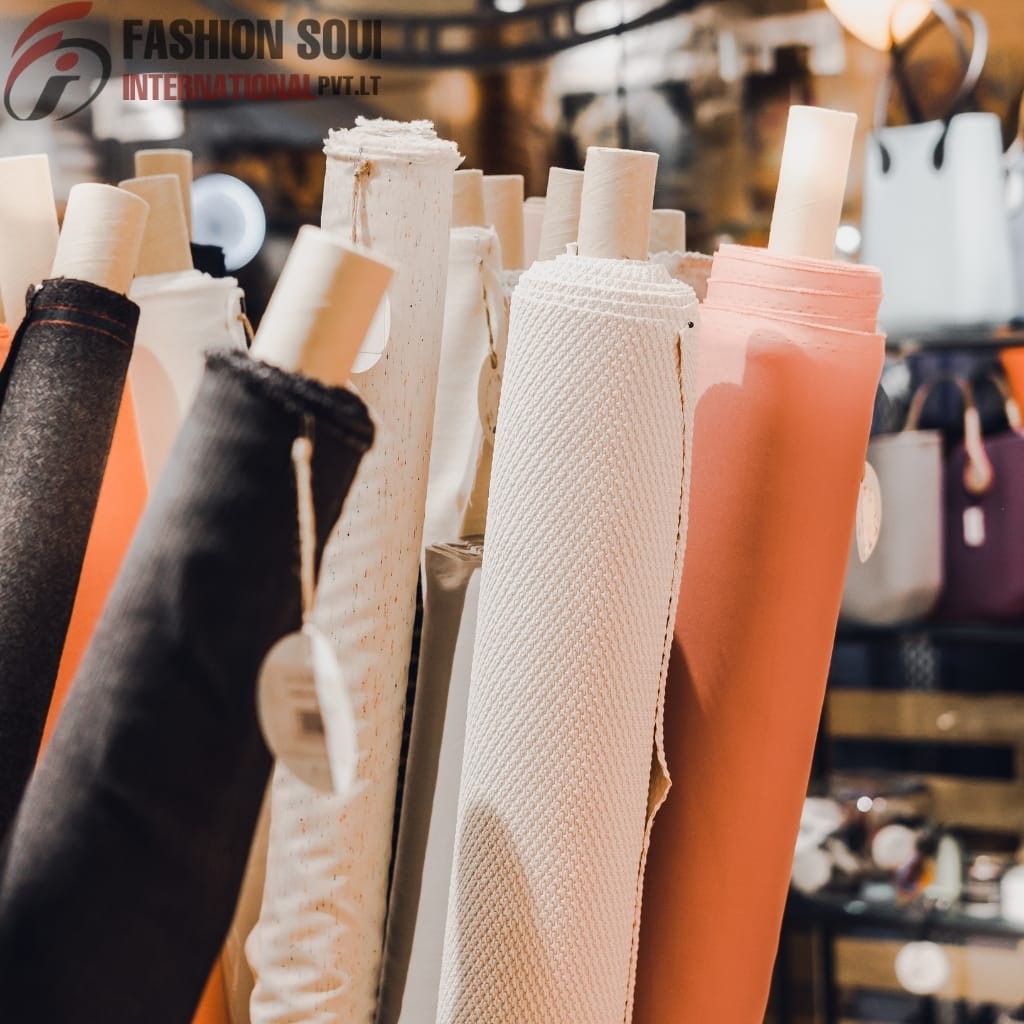
How Apparel Fabric Suppliers Are Constructing Ethical Supply Chains Through Transparency
Apparel fabric suppliers are stepping up their transparency game in response to consumer demand. Modern suppliers offer farm-to-factory traceability, outlining details pertaining to sourcing, labor, and even environmental practices. Supplied data is secured through the adoption of blockchain technologies. Digital certificates along with real-time updates are provided by many suppliers to fashion brands today. Trust, which is vital for brand loyalty, can be established this way. Apparel fabric suppliers that are open about their processes help brands meet compliance and consumer expectation demands. This shift helps brands comply with regulations while meeting consumer desires. It has now become impossible to ignore the fact that transparency aids responsible sourcing and branding—this will be essential in 2025.
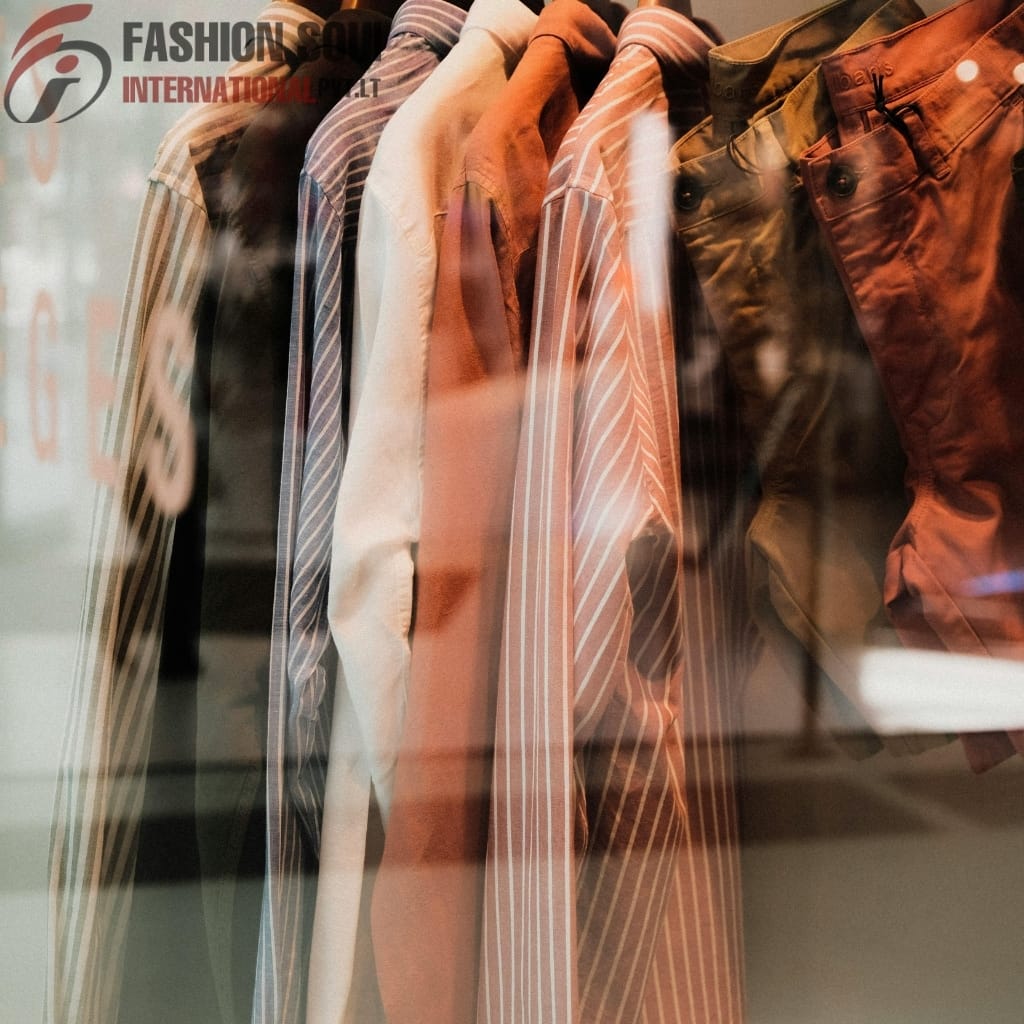
Agile Apparel Fabric Suppliers Go the Fastest and the Greenest
The requirements for fast fashion are changing. Now, it’s also about speed and sustainability. Apparel suppliers are mastering both. Digitized sampling, automated weaving, and AI-driven forecasting are cutting production time. At the same time, these suppliers are ensuring their practices remain ethical. Brands can now have both speed and responsibility. Agile apparel fabric suppliers have flexible minimums, rapid prototypes, and dependable logistics. Designers can keep pace with trends without overstocking or waste because agile suppliers boost efficiency. Companies that do the best are the ones that can provide speed while keeping sustainability and social responsibility balanced.
Future of Fabric: Changes Clothing Manufacturers Are Making for 2025
Lifestyle changes and global attitudes influence fabric trends in 2025. Apparel fabric suppliers are now offering linesthat are dyed using minerals, soft cloud-like jersey blends, climate adaptable knits, and even some biodegradeable synthetics.Along with wellness and mindful living, even loungewear and basics are now receiving boosts in texture and performance. Apparel fabric suppliers especially assist brands to keep up with these trends by making constant changes to their inventories. Suppliers report on runways, visit trade shows, analyze consumer data, and anticipate what’s next to supply. They are just as much trendsetters as designers are.
Apparel Fabric Suppliers Help Make Things Easier and Support All Kinds of Fashion.
Textile suppliers are now doing a lot more to help make fashion more accessible. They now stock fabrics for adaptive clothing, plus sizes, maternity clothes, and even gender-neutral clothes. New fabrics such as soft-stretch jerseys, seamless knits, and breathable blends are made for real-life needs and situations. Size is not all that matters in inclusive fashion, as comfort, dignity, and accessibility also matter. Suppliers work with brands to produce adaptive wear that can be used by everyone, with movements and identities that span all bodies. Their efforts are making fashion more accessible to all. In 2025, the right fabric is the foundation for inclusive design and suppliers are ready to provide it at every level.
Empowering Startups: The Role of Fabric Suppliers in Apparel Startups Development
In 2025, launching a fashion brand can seem overwhelming at first, but suppliers of apparel fabrics are changing that. A lot of them provide starter packs and offer guidance on trends and sourcing for new brands along with mentoring. Flexible sampling options help startup brands create a collection at a reasonable price. Educational materials alongside networking platforms help build a community to support the brand. Due to this assistance, aspiring designers are able to compete with other well-known companies. Suppliers of apparel fabrics hold the future of fashion innovators by helping remove barriers to entry. Instead of just selling them fabric, suppliers are helping them develop into designers and leaders of the fashion industry.
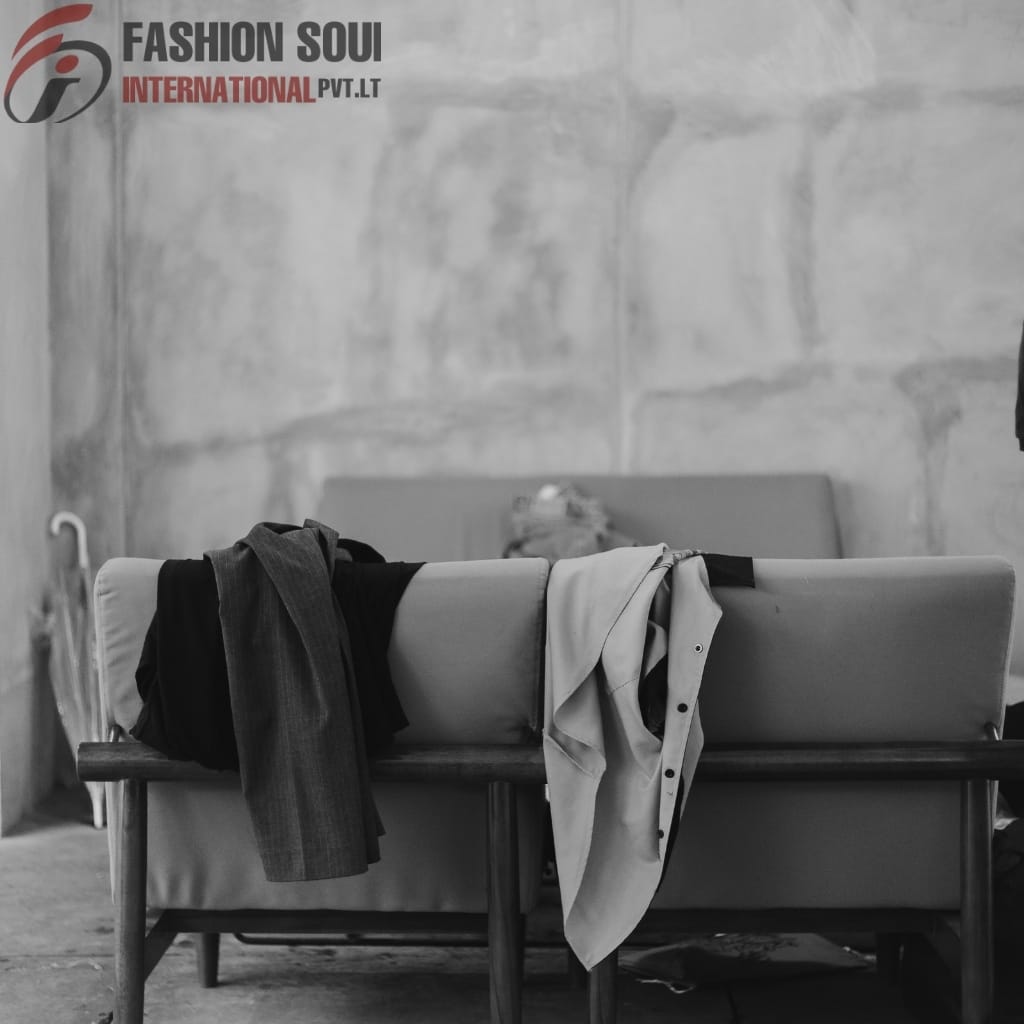
Certifications and Standards: What Apparel Fabric Suppliers Must Have in 2025
People care about trustable brands, especially today—and that’s why apparel fabric suppliers must now have certifications like GOTS, OEKO-TEX, and Bluesign. These certifications make sure that the textiles are not harmful and produced ethically. Some suppliers undergo independent audits and join fair trade networks, which suppliers use to prove ethical sourcing. Fair trade credentials allow brands to assure customers of responsible sourcing. Suppliers that have strong certifications gain preference in global supply chains. A large number of vendors recognize and trust suppliers apparel fabric suppliers that meet or exceed these certifications making them well-known for reliability and excellence.
Conclusion: The Role of Apparel Fabric Suppliers In Shaping The Future of Fashion
Fashion’s future depends on the innovations and ethical practices of apparel fabric suppliers. From sustainability to technology, these suppliers are shaping the look, feel, and function of styles in 2025. Their responsibilities go beyond just supplying materials—they are also trendsetters, collaborators, educators, and ethic guardians. Because of their material innovation and ability to serve diverse needs, they are setting the stage for the next era of fashion. To stay ahead of the competition, brands need to prioritize partnerships with visionary suppliers. Every garment’s journey from concept to consumer starts with the most critical step of choosing fabric and that begins with the best apparel fabric suppliers.
FAQs:
Their innovations in sustainability, technology, and ethics shape every stage of fashion production and design.
Through low minimums, startup packs, flexible services, and education tailored to new designers.
It meets consumer demand and environmental responsibility while helping brands align with global goals.

